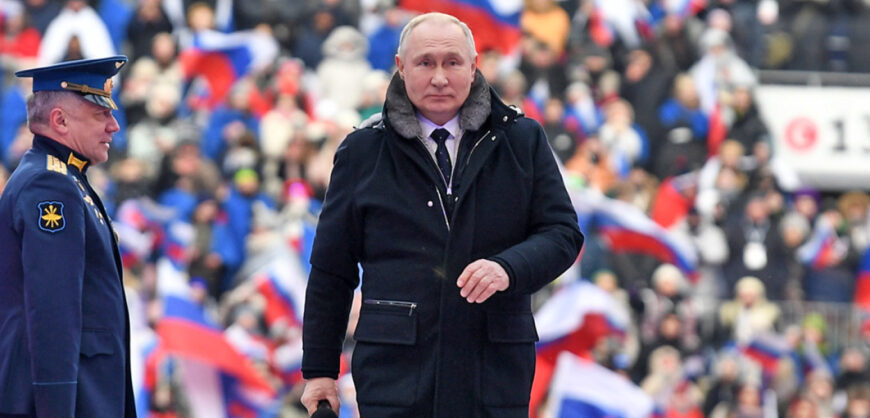The New START Treaty (New Strategic Arms Reduction Treaty) was signed by the United States and Russia in 2010 and brought into force from February 2011 as a replacement for 2003’s Strategic Offensive Reductions Treaty (SORT) which was due to expire in December 2012. Its main function is to impose upper limits on the number of nuclear warheads deployed on intercontinental ballistic missiles (ICBMs), submarine-launched ballistic missiles (SLBMs) and heavy bombers – set at 1,550. The two countries had until February 2018 to comply and, as this infographic using official government figures shows, the treaty had been successful in this regard up to the last inspections in March 2022.
In his national address on Tuesday, Russian President Putin announced the suspension of his country’s participation in the treaty, saying it could no longer accept U.S. inspections of its nuclear sites. In a statement after the speech, the head of Russia’s Duma, Vyacheslav Volodin, blamed the U.S. for the situation: “By ceasing to comply with its obligations and rejecting our country’s proposals on global security issues, the U.S. destroyed the architecture of international stability”.
In response to the move, NATO Secretary General Jens Stoltenberg said: “I regret today’s decision by Russia to suspend its participation in the New START Treaty. Over the last years Russia has violated and walked away from key arms control agreements. With today’s decision on New START, the whole arms control architecture has been dismantled. I strongly encourage Russia to reconsider its decision and to respect existing agreements.”
You will find more infographics at Statista







































